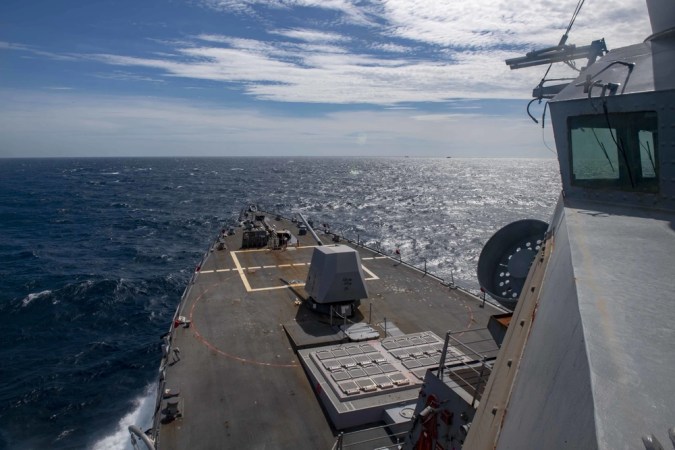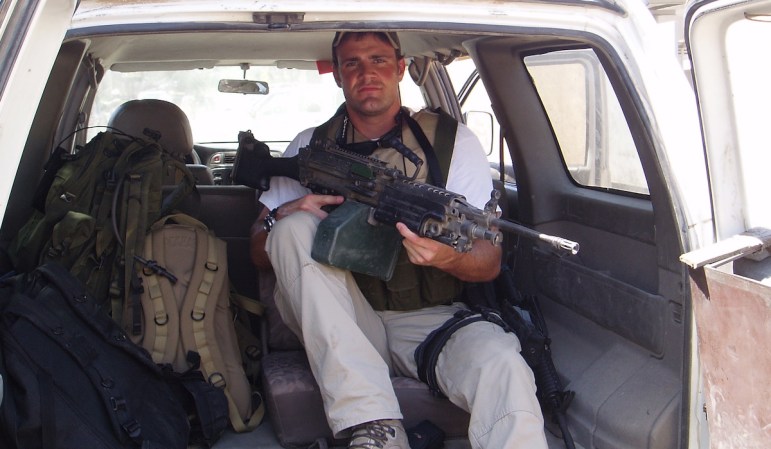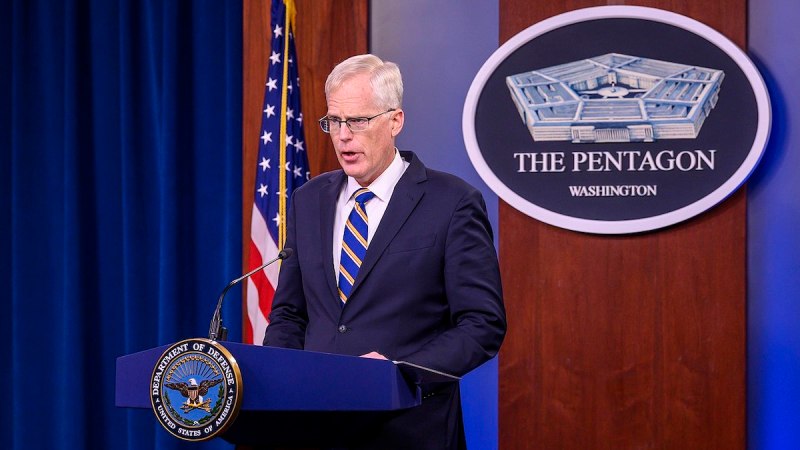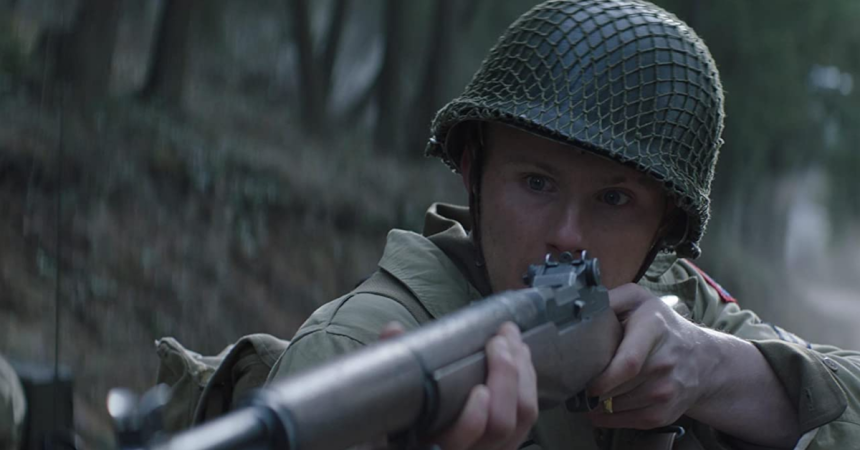Pineland, Attica, Krasnovia… the names of these countries may not mean much to most people, but over the years, they have been invaded by the U.S. countless times. If you’re wondering why you’ve never heard of them until now, well, you kinda had to be there.

These are names Army planners give to fake enemies in simulated international situations. The idea is to prepare ground forces for incursions into unfamiliar territories filled with foreign populations who speak unknown languages. Everything from their name and external neighbors is made up, but might be loosely based on current relations… you decide.
1. Attica
U.S. troops deployed to help the Middle Eastern nation of Attica fight off an invasion from neighboring Ellisia. On top of bandits in the cities and countryside, the Army must be prepared to fight the radical Islamic Congress of Attica, the transnational Islamic Brotherhood for Jihad, and the malicious hackers of the Wolf Brigade.
The RIC wants to topple the government and install an Islamist government while the jihadis want to use Attica as a base for international terrorism. The Army must fight the Ellisians back to the border, while putting down the insurgency and supporting the Attican government. No big deal, right?

This fictional situation is part of the bi-annual Network Integration Evaluation, an exercise designed to train the Army to counter the many forms of hostile forces the Iranian government is prepared to use in combat, from its regular army to special operations Quds Forces, to the paramilitary group Hezbollah. This exercise takes place from Fort Bliss, Texas to New Mexico’s White Sands Missile Testing Range. It also incorporates almost 4,000 troops from the Army, Navy, and Air Force.
2. The Circle Trigonists
The Trigonists were not so much a country as a political party. In the late 1940s, U.S. troops needed to train against both a foreign enemy and a home grown ally. The Army came up with a detailed, elaborate backstory for the Trigonists, who were a political party whose support poured from Germany into Austria (sound familiar?) in the post-WWII years. The detail of the Trigonists was so thorough, they had their own military rank structure and alternate history of the U.S. invasion. From 1946-1949 Trigonist “Aggressor Campaigns” sprung up in Florida, Kentucky, California, Maine and North Carolina.
The anti-Communist exercises were so large, it engulfed entire civilian populations. In a 1952 exercise, the 82nd Airborne played the opposing forces, capturing and occupying an entire Texas county. The Army would fight the Trigonists until 1978, when they were replaced by the Krasnovians.
3. The Red Army of Kotmk
Kotmk was a fake country made up of Kansas, Oklahoma, Texas, Missouri, and Kentucky. In September 1941, a battle raged between Kotmk and the Army of Almat, an equally fake country made up of Arkansas, Louisiana, Mississippi, Alabama and Tennessee.

The battle was for control of the Mississippi River. Almat’s commanding officer, the U.S. Army’s Lt. Gen. Walter Krueger, assembled a general staff to help him win. The Chief of Staff to Krueger’s advisors was one Lt. Col. Dwight D. Eisenhower. Young Ike had never seen combat but did an academic study of tank maneuvers in France during World War I. He applied his findings to the war against Kotmk, outmaneuvering the Red Army within three weeks. Eisenhower pinned on his first General’s star two months later.
4. North Brownland
In one of the more unfortunately named OPFORs, it took the Army 90,000 troops and 56 days to secure a nuclear weapons stockpile of an allied country’s failed state neighbor. “Unified Quest” took place in 2013, where the Army faced the problem of the “collapse of a nuclear-armed, xenophobic, criminal family regime that had lorded over a closed society.”

The point of the exercise was to establish a command and control network and create a staging area in the territory of a friendly neighbor while performing the humanitarian assistance required to remove nuclear devices from civilian-populated areas. That’s a lot of effort and manpower to handle the downfall of the North Korean regime.










